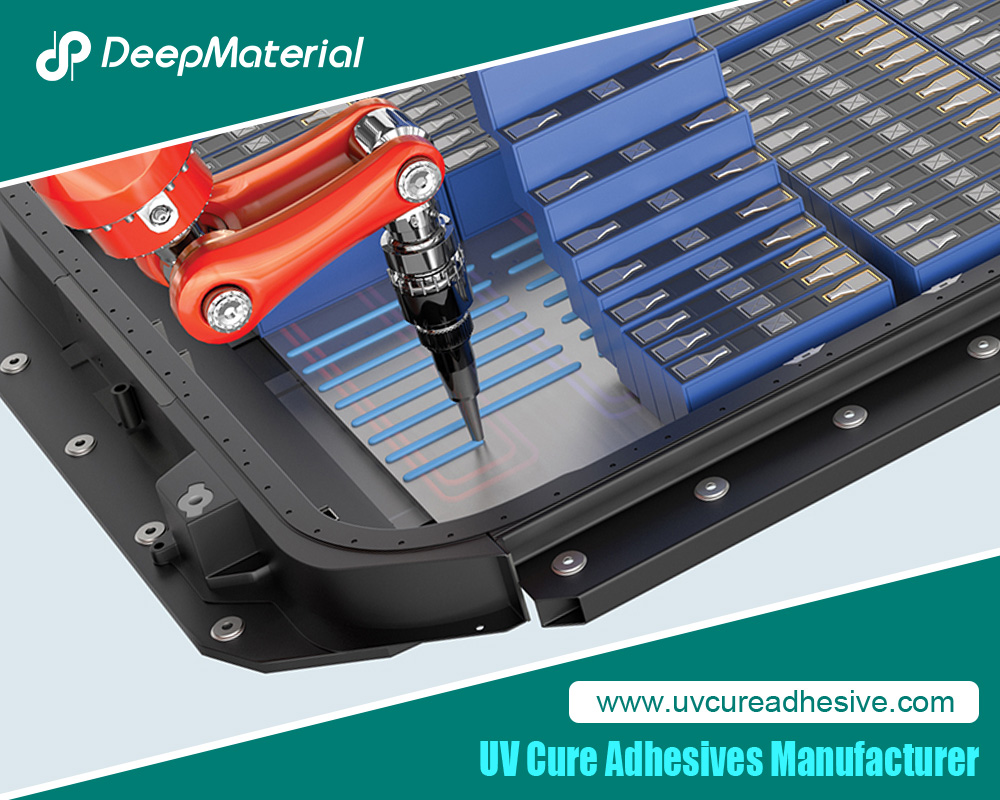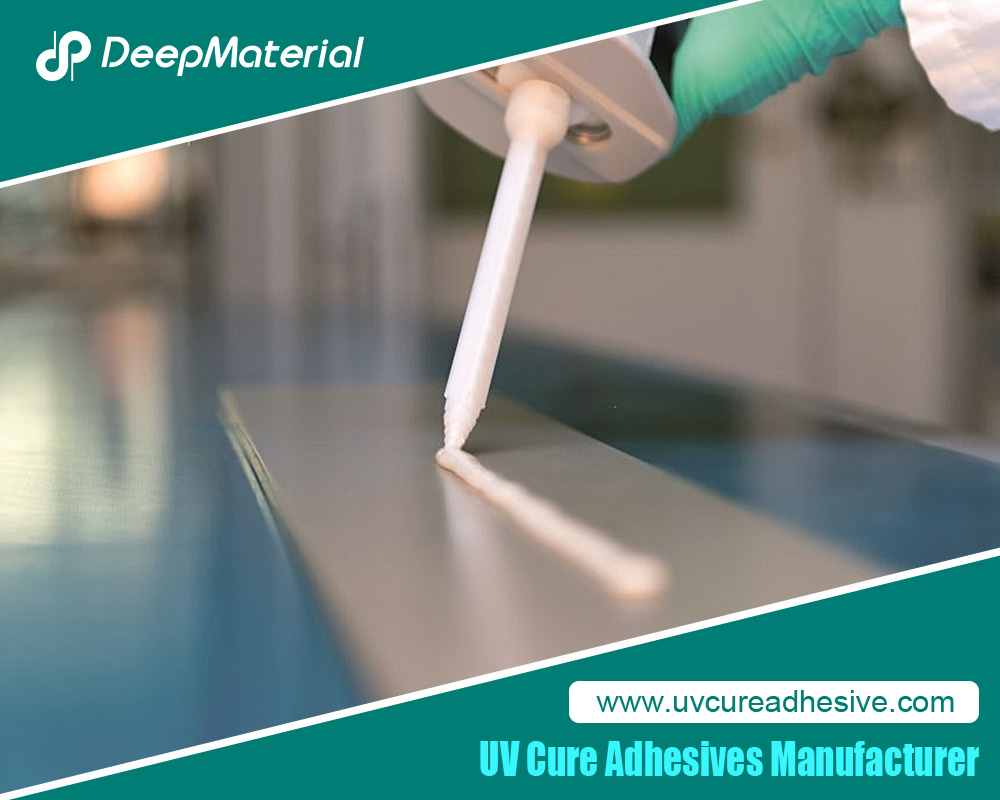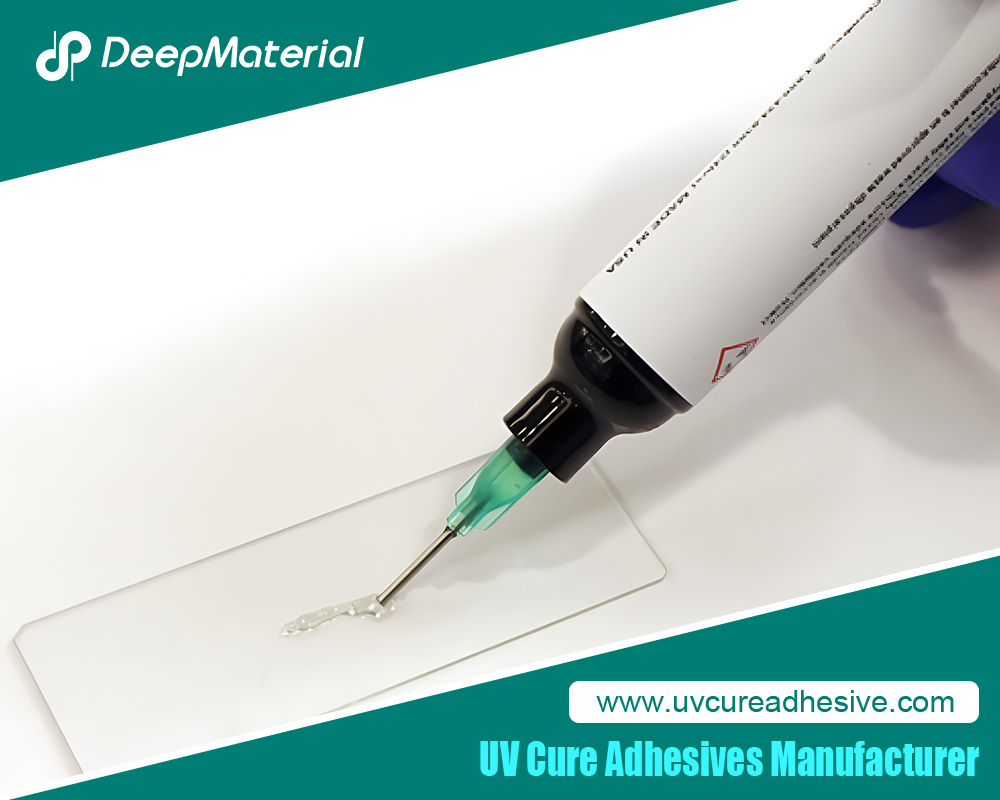UV Cure Acrylic Adhesive is Suitable for the Bonding of Transparent Optical Components
In the rapidly evolving field of optics and photonics, the demand for precise, reliable, and optically transparent bonding solutions has never been higher. Transparent optical components, such as lenses, prisms, fiber optics, and display panels, form the backbone of numerous technologies, from consumer electronics to medical devices and automotive systems. Bonding these components requires adhesives that not only provide strong mechanical adhesion but also maintain optical clarity, minimize distortion, and withstand environmental stresses. Enter UV cure acrylic adhesives—a class of bonding materials that has gained prominence for their unique properties and versatility.
UV cure acrylic adhesives are single-component or dual-component systems based on acrylate resins that polymerize rapidly when exposed to ultraviolet (UV) light. Unlike traditional adhesives that rely on heat, solvents, or moisture for curing, these adhesives offer on-demand hardening, often in mere seconds, making them ideal for high-throughput manufacturing processes. Their suitability for transparent optical components stems from their ability to form clear, non-yellowing bonds that do not interfere with light transmission, ensuring the integrity of optical paths.
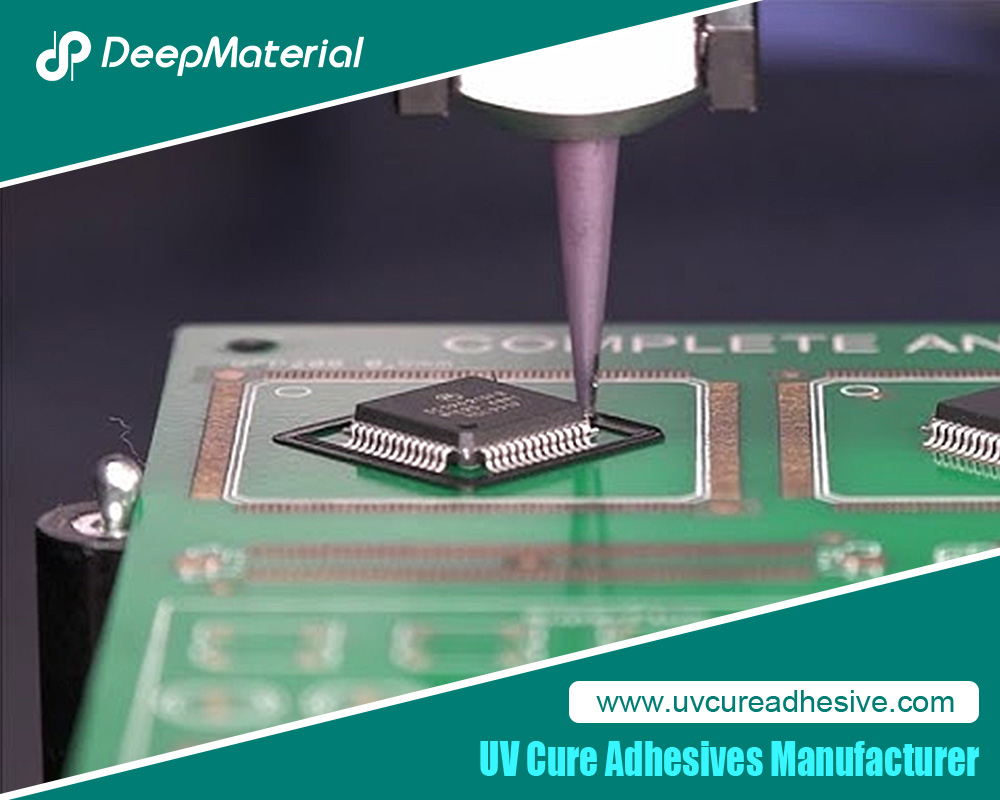
This article explores why UV cure acrylic adhesives are particularly well-suited for bonding transparent optical components. We will delve into their composition and curing mechanisms, the challenges inherent in optical bonding, the specific advantages they offer, real-world applications across industries, comparisons with alternative adhesives, best practices for implementation, and potential limitations. By the end, it will be evident that these adhesives represent a cornerstone technology in modern optics, enabling innovations that push the boundaries of performance and efficiency. With industries increasingly prioritizing sustainability and precision, UV cure acrylic adhesives stand out as a forward-thinking solution.
The growing adoption of these adhesives is driven by several factors. For instance, in the electronics sector, where miniaturization is key, the fast-curing nature of UV adhesives reduces production time and costs. In medical optics, their biocompatibility and sterility during application are crucial. Moreover, as environmental regulations tighten, the solvent-free and low-volatile organic compound (VOC) profile of UV cure acrylics aligns with green manufacturing goals. This introduction sets the stage for a deeper examination of how these adhesives address the unique demands of transparent optical bonding.
Understanding UV Cure Acrylic Adhesives
UV cure acrylic adhesives are a subset of light-curable materials formulated from acrylic monomers, oligomers, and photoinitiators. The core chemistry involves free-radical polymerization: when exposed to UV light in the wavelength range of 320-400 nm, photoinitiators absorb energy and generate free radicals, which initiate a chain reaction that cross-links the acrylic chains into a solid polymer network. This process is remarkably efficient, with curing times ranging from a few seconds to minutes, depending on the intensity of the UV source and the adhesive’s thickness.
One of the standout properties of these adhesives is their optical clarity post-cure. Many formulations cure to a transparent, non-yellowing finish, which is essential for applications where light transmission must remain unimpeded. They exhibit low shrinkage—typically less than 1-2%—minimizing stress on bonded components and preventing warping or delamination. Additionally, UV cure acrylics offer excellent adhesion to a wide array of substrates, including glass, polycarbonate, acrylic (PMMA), and metals, thanks to their polar functional groups that promote wetting and bonding.
From a mechanical perspective, these adhesives provide high shear strength, often exceeding 10 MPa, and good impact resistance. They are also chemically resistant to solvents, moisture, and certain acids/bases, making them durable in harsh environments. Temperature tolerance varies by formulation, but many can withstand -40°C to 150°C without significant degradation. Environmentally, they are advantageous as they emit no VOCs during curing and require no heat, reducing energy consumption compared to thermal-cure systems.
The versatility of UV cure acrylic adhesives extends to their formulations. Some are low-viscosity for capillary flow in tight spaces, while others are thixotropic for vertical applications without dripping. Hybrid versions combine UV curing with secondary mechanisms like heat or moisture for shadow areas where UV light cannot penetrate. Products like LOCTITE AA 352 exemplify this, offering high viscosity and excellent humidity resistance. In optics, specialized variants such as Thorlabs’ NBA107 are designed for temporary bonding during polishing, highlighting their adaptability.
Furthermore, advancements in LED-based UV sources have made curing more precise and energy-efficient, allowing integration into automated assembly lines. This has broadened their appeal in precision industries. Overall, the combination of rapid curing, strong bonds, and optical properties positions UV cure acrylic adhesives as a superior choice for demanding applications.
Challenges in Bonding Transparent Optical Components
Bonding transparent optical components presents unique hurdles that traditional adhesives often fail to overcome. These components—lenses, prisms, waveguides, and display substrates—are typically made from materials like glass, quartz, or polymers such as polycarbonate and PMMA, which demand bonds that preserve optical performance. Any adhesive must transmit light without scattering, absorption, or refraction anomalies, as even minor imperfections can cause distortion, reduced brightness, or signal loss in devices like cameras or fiber optic systems.
One major challenge is maintaining refractive index matching. The adhesive’s index should closely align with that of the substrates (e.g., 1.4-1.6 for glass) to minimize reflections at interfaces, which could otherwise lead to ghosting or reduced efficiency in optical paths.
Another issue is thermal expansion mismatch, where differing coefficients between adhesive and substrate can cause stress cracks under temperature fluctuations, common in automotive or aerospace optics.
Curing processes pose additional difficulties. Heat-cured adhesives might warp delicate components, while solvent-based ones can outgas, creating bubbles that scatter light. Moisture-cured systems are slow and unpredictable in controlled environments. Moreover, achieving uniform bonds in complex geometries, such as curved lenses or multi-layer stacks, requires adhesives with excellent flow and gap-filling capabilities without introducing voids.
Environmental factors exacerbate these challenges. Optical components in medical endoscopes or outdoor displays must resist humidity, chemicals, and UV exposure without yellowing or degrading. In high-precision applications like telescopes, adhesives must endure vacuum conditions or extreme temperatures without outgassing contaminants.
Finally, production efficiency is critical. Slow-curing adhesives bottleneck assembly lines, while inconsistent bonds lead to high reject rates. These challenges underscore the need for adhesives that cure quickly, bond reliably, and maintain optical integrity—qualities that UV cure acrylics excel in addressing.
Suitability of UV Cure Acrylic Adhesives for Transparent Optical Components
The suitability of UV cure acrylic adhesives for bonding transparent optical components is rooted in their tailored properties that directly mitigate the aforementioned challenges. Foremost is their optical clarity: post-cure, these adhesives form crystal-clear bonds with high light transmittance (>95% in the visible spectrum) and low haze, ensuring seamless integration into optical paths without compromising image quality or light efficiency.
Rapid curing is another key advantage. Exposure to UV light triggers polymerization in seconds, allowing for immediate handling and inspection, which accelerates production cycles in optics manufacturing. This is particularly beneficial for bonding lenses in camera modules, where high volumes demand efficiency. Unlike heat-cured options, no thermal stress is imparted, preserving the shape and alignment of sensitive components.
Adhesion strength and versatility further enhance their fit. UV acrylics bond well to glass, plastics, and metals, forming durable interfaces resistant to peel, shear, and impact. Low shrinkage reduces internal stresses, preventing delamination in multi-component assemblies like prisms or achromatic doublets. Their chemical resistance protects against environmental degradation, making them ideal for outdoor optical sensors or medical optics exposed to sterilants.
In terms of refractive index, many formulations are engineered to match common optical materials, minimizing interfacial losses. For example, Panacol’s Vitralit series offers index-matched options for fiber optics, enhancing signal transmission. Additionally, their non-yellowing nature under prolonged UV exposure ensures long-term stability in applications like solar concentrators or LED lenses.
Sustainability adds to their appeal. Being solvent-free, they comply with VOC regulations and reduce waste. In precision bonding, the ability to cure only exposed areas allows for selective application, minimizing excess material.
Case studies illustrate this suitability. In microscope assembly, UV acrylics bond objective lenses to metal housings without distortion, while in endoscopes, they secure fiber bundles with biocompatibility. Overall, these adhesives provide a balanced solution, combining performance, efficiency, and reliability for transparent optical bonding.
Real-World Applications
UV cure acrylic adhesives find extensive use in various optical applications, demonstrating their practical value. In consumer electronics, they bond touchscreens and LCD panels, as seen with Dymax adhesives in flat panel displays, ensuring bubble-free lamination and high clarity.
In medical optics, Panacol’s optically clear resins secure lenses in endoscopes and microscopes, offering sterilization resistance and precision. Automotive head-up displays use these adhesives for bonding prisms, withstanding vibrations and temperature swings.
Fiber optics benefit from adhesives like those from ThreeBond, encapsulating connectors to protect against moisture while maintaining low signal loss. In aerospace, they bond telescope components, as in precision instruments where low outgassing is critical.
Decorative applications include crystal glass bonding, where UV acrylics provide invisible seams. Emerging uses in AR/VR headsets highlight their role in bonding lightweight optics. These examples underscore the adhesives’ broad applicability, driving innovation across sectors.
Comparison with Other Adhesives
Compared to epoxies, UV cure acrylics cure faster without heat, reducing distortion risks, though epoxies may offer higher temperature resistance.
Silicones provide flexibility but often lack optical clarity and strength. Cyanoacrylates bond quickly but are brittle and moisture-sensitive, unsuitable for optics. Solvent-based adhesives outgas, creating defects. UV acrylics excel in speed, clarity, and environmental friendliness, making them preferable for transparent components.
Best Practices and Limitations
For optimal use, ensure clean surfaces, precise UV exposure, and compatibility testing. Limitations include shadow curing needs (addressed by hybrids) and depth limits (under 1 mm). Solutions involve formulation tweaks or secondary cures.
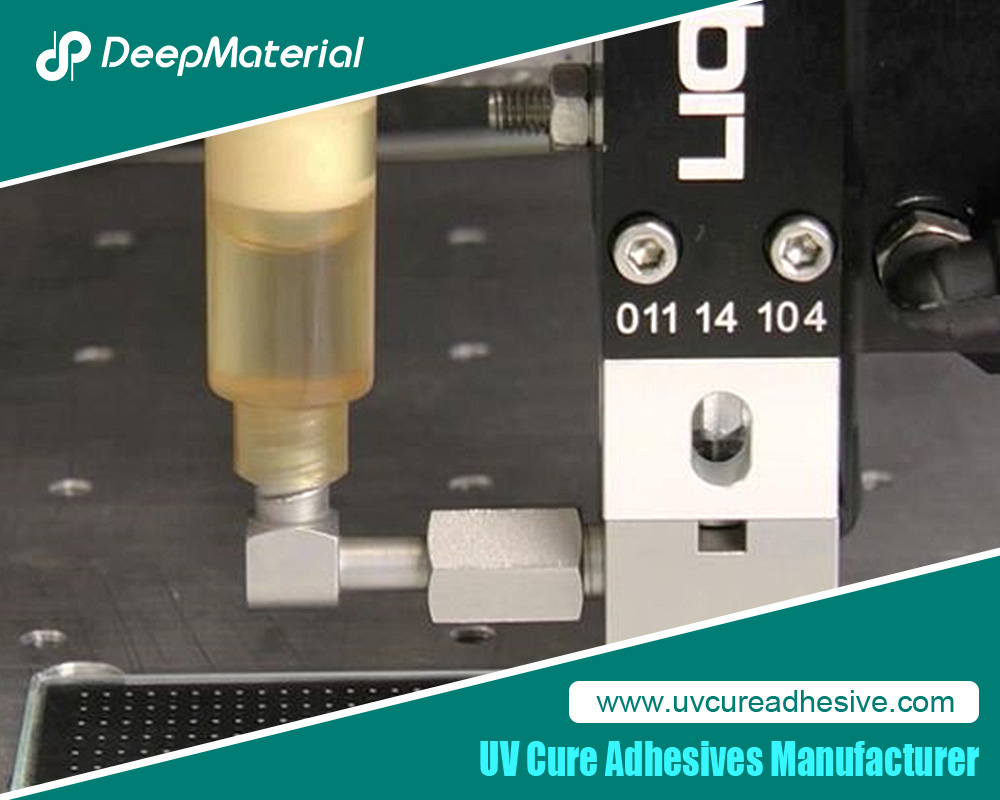
Conclusion
UV cure acrylic adhesives are eminently suitable for bonding transparent optical components, offering unmatched clarity, speed, and durability. As optics advance, their role will only grow, promising enhanced performance and sustainability.
For more about UV cure acrylic adhesive is suitable for the bonding of transparent optical components, you can pay a visit to DeepMaterial at https://www.uvcureadhesive.com/ for more info.

